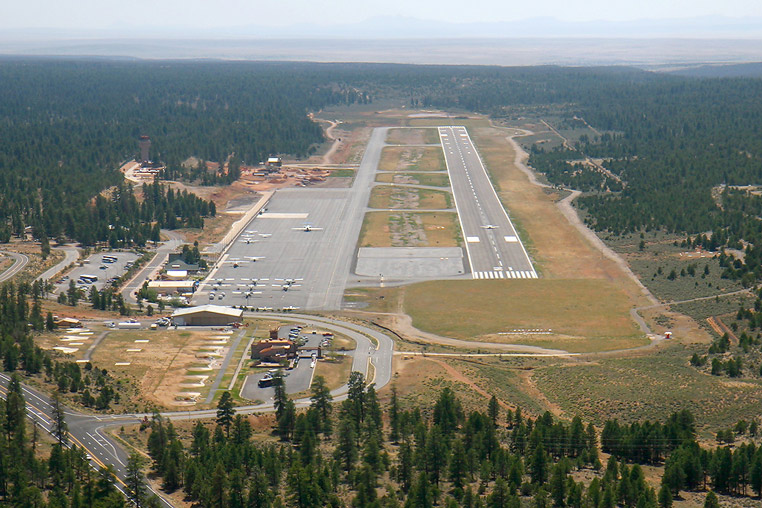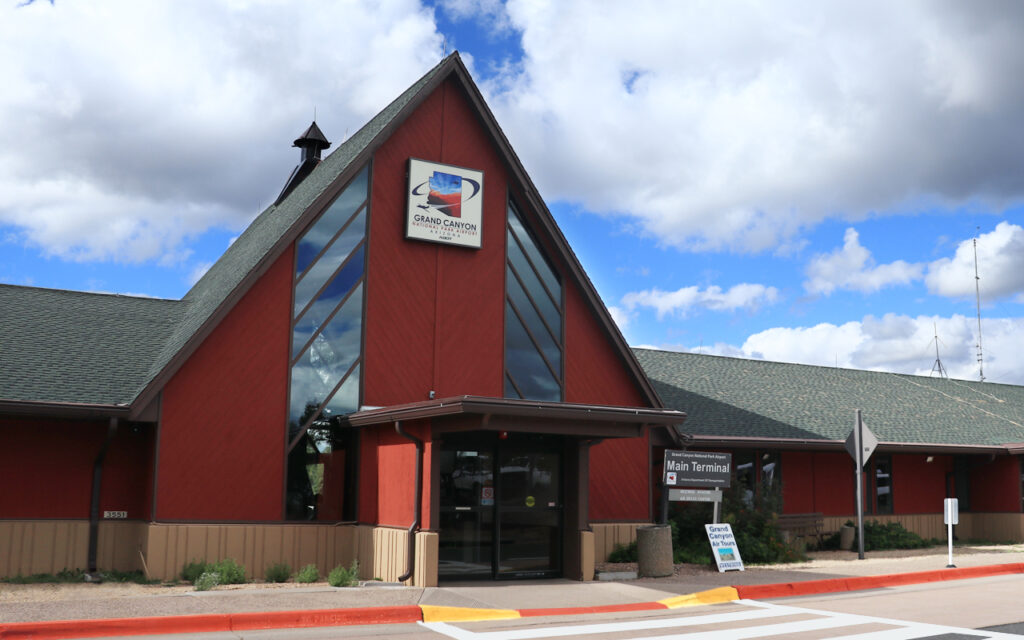The deadly midair collision of a military helicopter and an American Airlines passenger jet with 64 passengers on board near Reagan National Airport outside Washington, D.C. earlier this year marked the deadliest air carrier crash in the U.S. since November 2001, and highlighted a crisis of air traffic control centers that are chronically under staffed.
The latest data from the FAA shows a whopping 44% of air traffic control towers and facilities are chronically under staffed. In fact, 128 of the nations 290 towers are reported to be under staffed.
The tower at the Grand Canyon Airport is reportedly operating at 64.3% of what is considered full staffing making it number 9 on the list of America’s most understaffed facilities.
The long training process, which takes a minimum of 2-3 years, and a mandatory retirement age of 56 for controllers are among the causes of the under staffing nationwide. The shortages of staff push controllers into frequent 60 hour work weeks that can lead to a higher burnout rate.
While the Grand Canyon Airport has a relatively low volume of commercial airplane activity, it does have significant tour helicopter operations. These operations benefit from significant pilot training and familiarity with prescribed tour routes that can make Air Traffic Controllers work loads somewhat less stressful and more predictable than major airports.
The top 10 most understaffed FAA facilities per the latest FAA data.
| Rank | Facility | Facility Code | % Staffed |
|---|---|---|---|
| 1 | Rochester Tower | RST | 47.8 |
| 2 | Waterloo Tower | ALO | 56.5 |
| 3 | Morristown Tower | MMU | 57.9 |
| 4 | Pasco Tower | PSC | 58.8 |
| 5 | Oakland Tower | OAK | 60.0 |
| 6 | North Las Vegas Tower | VGT | 60.0 |
| 7 | Scottsdale Tower | SDL | 62.5 |
| 8 | Memphis TRACON | M03 | 63.4 |
| 9 | Grand Canyon Tower | GCN | 64.3 |
| 10 | Traverse City Tower | TVC | 64.3 |
The Grand Canyon Airport is about to get a major resurfacing of its runway thanks to a $13 million FAA grant and some state funds. The airport’s single runway will undergo repair and restoration of the asphalt surface. Construction will require a full closure of the runway to fixed-wing aircraft from July 14 to August 10, with reopening planned for August 11. Tour helicopter operations will continue as usual.
The airport has one runway, 3/21, that is 9,000 feet long by 150 feet wide. The project won’t change the runway’s length or width, but it will significantly improve safety and extend the life of the runway.
The Grand Canyon Airport is the only state owned airport in Arizona.


ADOT Photos





